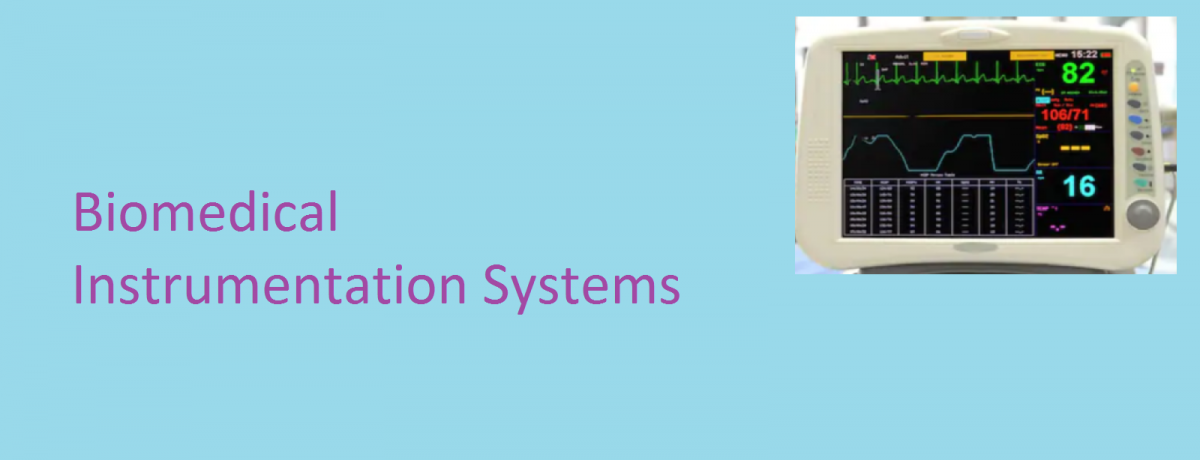In chromatography, differences in the rate of movement of components of a mixture in the mobile phase, caused by interaction of these components with the stationery phase, are used to separate the components.
In clinical laboratory instrumentation, chromatographic methods are used mainly for the detection of complex substances such as drugs and hormones.
Contents
The operation of a Gas-liquid chromatograph (GLC)
Gas-liquid chromatograph is made up of the following main components:
- Injector
- Carrier gas
- Column
- Detector
- Recorder
The figure below shows the block diagram of a Gas-liquid chromatograph.

The functions of the major systems of the GLC are described as follows:
Injector
The injector is used to introduce into the gas-liquid chromatograph 1 to 5 ml of a patient sample including the solvent in which the sample is contained (this is usually a volatile organic solvent). The temperature of the injector is set to flash-evaporate the sample and solvent.
Carrier Gas
The inert carrier gas (usually N2 or He) is the mobile phase of the chromatograph. It sweeps the evaporated sample and solvent gas down the column.
Column
The column is usually 1 m long and less than 7 mm in diameter. It is packed with solid support material such as diatomaceous earth. The solid support is coated with the liquid phase. The small size of the solid beads produces the separation of the components. The column is enclosed in an oven. The temperature of the oven is carefully controlled. A temperature programmer gradually increases the temperature of the column is a sequence designed for maximum efficiency of separation for the type of substance being analyzed.
Detector
This component is located at the end of the column. Its task is to provide an electric output proportional to the quantity of the compound in the effluent gas. We have several types of detectors available for use with different types of samples. They include:
- Ionization detector
- Thermal-conductivity detector
- Electron-capture detector
Ionization detectors are commonly employed in clinical laboratory instrumentation applications.
All the detectors are sensitive to classes of compounds, not only to some specific component of interest. Hence both, the concentrations of the detected compounds and the times during the operation of the column when those concentrations happened (i.e. a plot of concentration versus time) are used in determining the types and quantities of components present in the sample. The output of the detector is connected to the recorder.
Related: How Flame Photometers are used in Chemical Analysis
Don’t miss out Important Updates, Join Our Newsletter List
Recorder
In the recorder, the x-axis represents the time and the y-axis represents the output of the detector. Therefore, the recording provides a display of both the quantity of a component that was present (area under the peak) and the time at which it was eluted off the column. From this information, the components present in the sample can be identified by the time they took to leave the column or by comparison with recordings obtained by analysing compounds of known composition with the GLC.
For example, the figure (b) below shows a recording obtained from the analysis of a blood specimen for the levels of the anticonvulsant drugs phenobarbital and phenytoin. In this case, a measured amount of heptabarbital was added to the specimen to serve as an internal standard. The area under the phenobarbital and phenytoin peaks is compared with the area under the heptabarbital peak to compute the blood levels of these drugs.

Advantages of Gas-liquid Chromatographs (GLC)
GLC offers several advantages in the analysis of complex compounds. These advantages include:
- Speed, most GLC instruments can complete analysis of clinically important substances in less than 1 hour, and often 15 minutes or less.
- Their ability to operate with small amounts of sample; only millilitre amounts of the sample are required.
- They have great sensitivity – the sensitivity of the instrument depends on the type of detector used but high quality instruments can detect 1 ng quantities of compound.
Related: How ionic composition of Tissue fluids is determined

